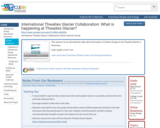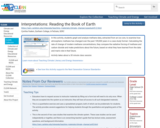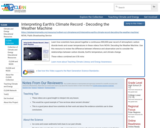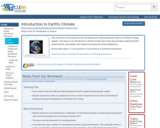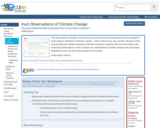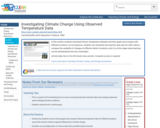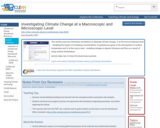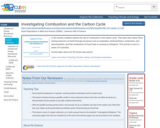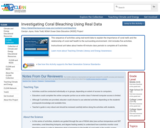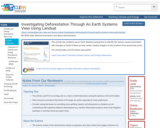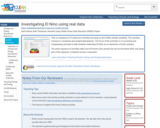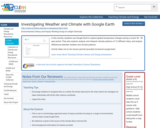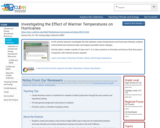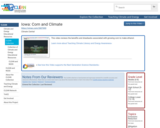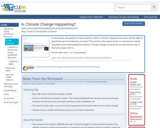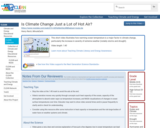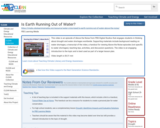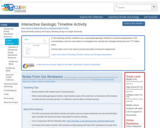
In this learning activity, students use a web-based geologic timeline to examine temperature, CO2 concentration, and ice cover data to investigate how climate has changed during the last 715 million years.
- Subject:
- Applied Science
- Archaeology
- Career and Technical Education
- Environmental Science
- Environmental Studies
- Physical Geography
- Physical Science
- Social Science
- Material Type:
- Activity/Lab
- Provider:
- CLEAN: Climate Literacy and Energy Awareness Network
- Provider Set:
- CLEAN: Climate Literacy and Energy Awareness Network
- Author:
- Environmental Literacy and Inquiry Working Group at Lehigh University
- Date Added:
- 05/15/2012

